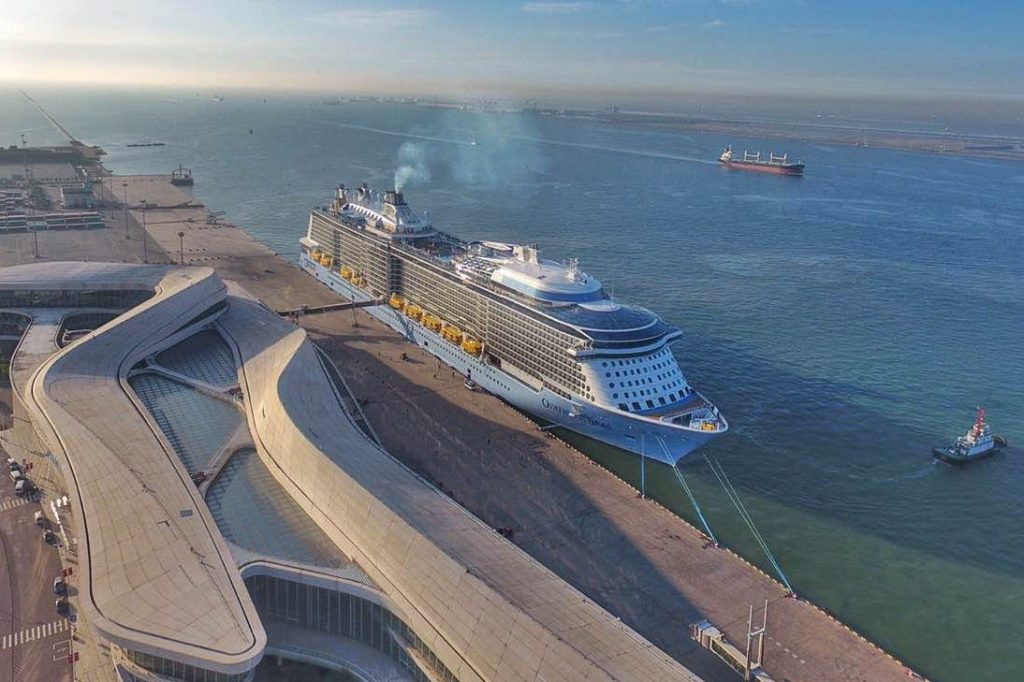China Cruises Are Packed at Lower Prices Amid Tensions With South Korea

Skift Take
An international dispute that forced itinerary changes for China-based cruises threw operators for a loop, but demand seems fundamentally intact. If tensions ease and South Korea reopens, will pricing return to high levels or have lower fares become the new normal?
The promise of China, with its growing middle class and still-healthy economy, looms large for cruise executives, who have invested in a market they believe could become the industry's largest.
But entry into China has not been smooth for cruise operators. Natural disasters, political tensions, contagious diseases, and that age-old problem of oversupply have all shown that patience is required.
"There's been tremendous growth during this period of time, and we're finding that China is starting to behave more like a typical market," Royal Caribbean Cruises CEO Richard Fain said during an earnings call this month. "Most markets have ups and downs, and we've seen both in China."
This year was supposed to allow demand to catch up to supply after massive increases in capacity put pressure on once-stellar prices. Capacity growth was finally tapering off, especially in Shanghai, where the bulk of ships make their homes.
But a dispute between China and South Korea over the deployment of a U.S. missile defense system geared to combat the North Korean threat led to travel restrictions for Chinese citizens. Operators with ships based in China had to quickly adjust itineraries to remove South Korean destinations and replace them with less popular stops.
There was an immediate impact: Cruise companies reported confusion among passengers and said they noticed a slowdown. The CEO of Norwegian Cruise Line Holdings, a newcomer to the market, said said contracts from travel agents for new charters just stopped.
"For a good six weeks, there was nothing," Norwegian CEO Frank Del Rio said in May.
But in more recent calls with analysts, leaders of Carnival, Royal Caribbean, and Norwegian said the situation had improved. And, perhaps unexpectedly, passengers were still showing a big desire to cruise — albeit at lower prices.
Below are five takeaways from conversations about China that cruise executives had with analysts during earnings calls between late June and August.
PASSENGERS ARE CROWDING ONTO SHIPS
All three cruise operators, the world's largest, said their ships have been crowded, starting with Carni
